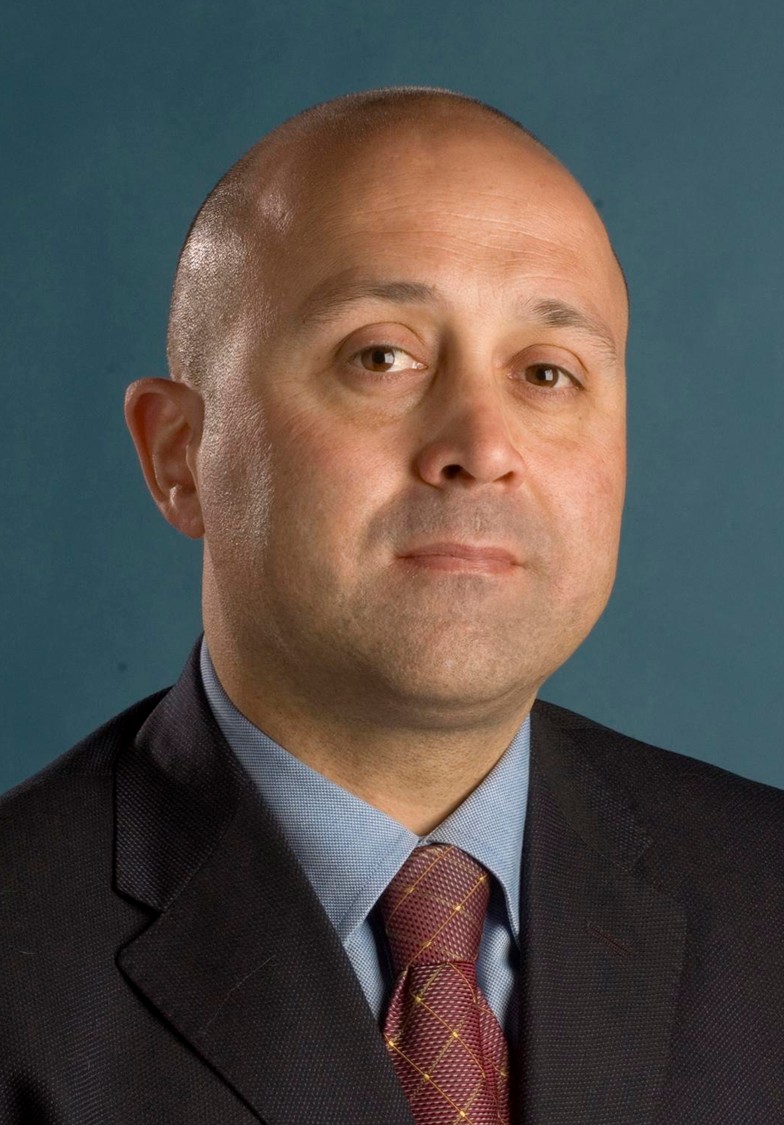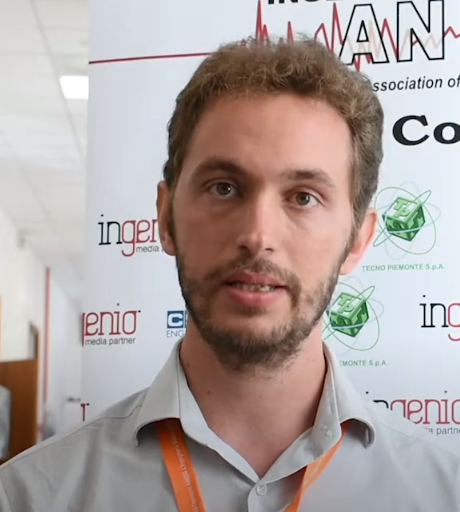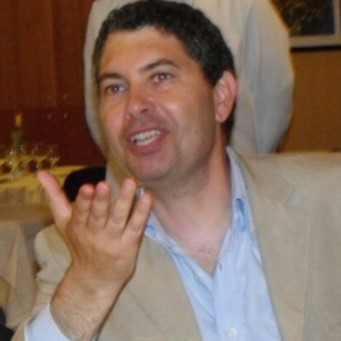Special Sessions
SS1 – Quality control of green concrete structure <i>Amaia Santamaria, Flora Faleschini</i>
|
|||
|
Abstract |
|||
| Topics: |
|
||
SS2 – Corrosion protection for concrete and steel bridges <i>Martin van Leeuwen</i>
Martin van Leeuwen
International Zinc Association
Belgium
mvanleeuwen@zinc.org
Abstract
Controlling corrosion of steel is expensive. The direct costs of corrosion maintenance are estimated to be over 3% of GDP every year. Metallic zinc coatings provide the most effective corrosion protection for steel by acting first as a barrier coating, keeping corrosive elements away from the steel, and secondly as a sacrificial anode. Metallic zinc coatings have a long proof record in the protection of infrastructural steel structures and steel reinforced concrete structures. Although the initial costs of metallic zinc protective coating systems are usually slightly higher, the total life cycle costs of zinc coated steel and RC structures will be drastically reduced because of the expected lifetime extensions and reduced corrosion maintenance efforts. Metallic zinc coating systems are also the most sustainable systems in use. Innovative and automated production and application techniques for applying zinc coatings on construction steel, reinforcing steel bars and concrete surfaces have reduced initial costs, making these solutions more attractive to use in new infrastructure constructions today. This session aims for giving an overview of available applications and application techniques today with various case studies from steel and RC (bridge) constructions.
SS3 – Railway Bridges <i>Rui Calçada, Túlio Bittencourt, Pedro Aires Montenegro, Diogo Ribeiro, Hermes Carvalho, Marcos Massao Futai</i>
|
|||||||||||
|
Abstract |
|||||||||||
SS4 – Structural Deterioration and the Value of Information <i>Paolo Gardoni, Sebastian Thöns, Leandro Iannacone</i>
|
|||||||
|
Abstract |
|||||||
SS5 – Structural Health Monitoring for informed management of roadway bridges: the experience of the Regione Lombardia project <i>Maria Pina Limongelli, Carmelo Gentile, Fabio Biondini</i>
|
||||||||
|
Abstract |
||||||||
SS6 - Advances of the BRIDGE|50 Research Project: Residual Structural Performance of a 50-Year-Old PC Bridge <i>Fabio Biondini, Francesco Tondolo, Sergio Manto, Carlo Beltrami</i>
|
|||||||
|
Abstract |
|||||||
SS7 - Monitoring systems and predictive models for the risk assessment of bridges <i>Francesco Morelli, Michele Morici</i>
|
|
||
Abstract
Bridges represent a fundamental node of the road infrastructure networks, and traffic restrictions or prohibitions generally may cause serious economic losses, as well as serious connection issues. The effect of ageing, often worsened by poor maintenance, lack of knowledge and adopted outdated design criteria (i.e. not-updated traffic loads, not considering seismic actions) make them among the most vulnerable elements of the road networks. Thus, the knowledge of their state of conservation and capacity to counteract both traffic and seismic actions represent the starting point for the organization and prioritization of the maintenance and retrofitting operations. For bridges that, based on few information acquired by quick assessment surveys, show significant structural deficiencies and therefore should require more detailed analyses, investigation and monitoring campaigns are necessary aimed at increasing the state of knowledge, which is fundamental to define reliable numerical models for the safety assessment. Based on these premises, this Special session offers the opportunity to present and discuss the last researches on this topic. In particular, it leads with the several aspects associated to the knowledge processes of bridges, new techniques of monitoring and testing, as well as the proposals of new predictive models suitable for their risk assessment.
SS8 - Masonry arch bridges: Diagnostic, monitoring, structural assessment and strengthening <i>Nicola Cavalagli, Paolo Zampieri, Mattia Zizi</i>
|
|||||||
|
Abstract |
|||||||
| Topics: |
|
||||||
SS9 - Modelling of nonlinear and uncertain behavior of concrete bridges <i>Alfred Strauss, Drahomír Novák, Radomír Pukl, David Lehký</i>
|
|||||||
|
Abstract |
|||||||
SS10 - Testing, monitoring and digital twinning to assess the structural condition of existing bridges <i>Carmelo Gentile, Filippo Ubertini</i>
|
|||
|
Abstract |
|||
SS11 - Structural Health Monitoring <i>Vikram Pakrashi, Eleni Chatzi</i>
|
|||
|
Abstract |
|||
SS12 - Risk management and classification of road bridges <i>Consortium Fabre (Paolo Clemente, Carmelo Gentile, Giuseppe Ferro, Andrea Dall'Asta, Gianfranco De Matteis, Edoardo Proverbio, Carlo Pellegrino, Filippo Ubertini, Walter Salvatore)</i>
|
|||
|
Abstract |
SS13 - Corrosion influence on the residual performance of RC and pre-stressed bridges <i>Silvia Caprili, Flora Faleschini, Ilaria Venanzi</i>
|
|||||
|
Abstract |
|||||
SS14 - Condition monitoring and assessment of degrading reinforced concrete structures <i>Fritz Binder, Stefan L. Burtscher</i>
|
|||
|
Abstract
|
|||
SS15 - Modelling and assessment of structures and infrastructures subject to extreme loading actions <i>Fabio Di Trapani, Cristoforo Demartino, Mariano Angelo Zanini, Liborio Cavaleri</i>
|
|||||
|
Abstract
|
|||||







































